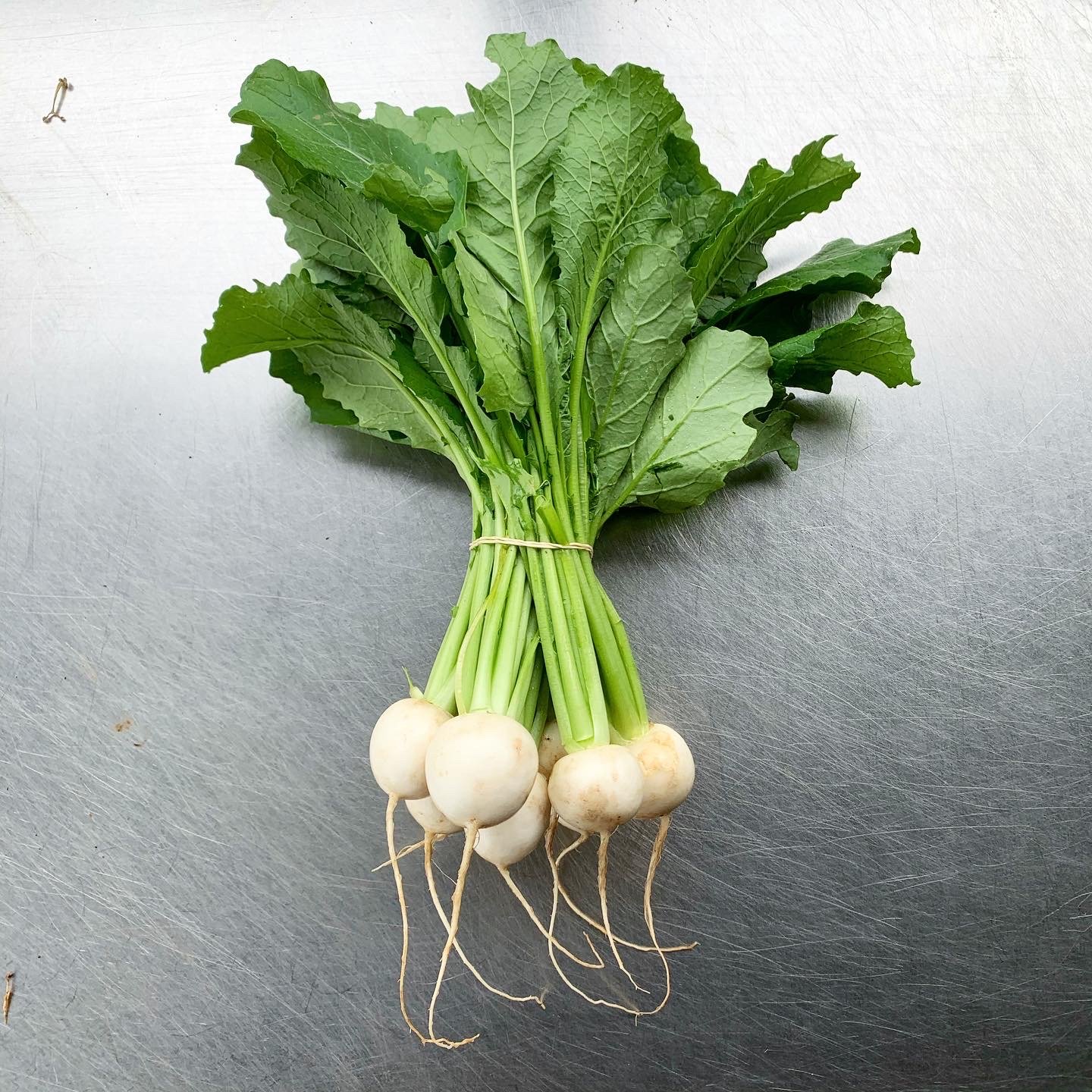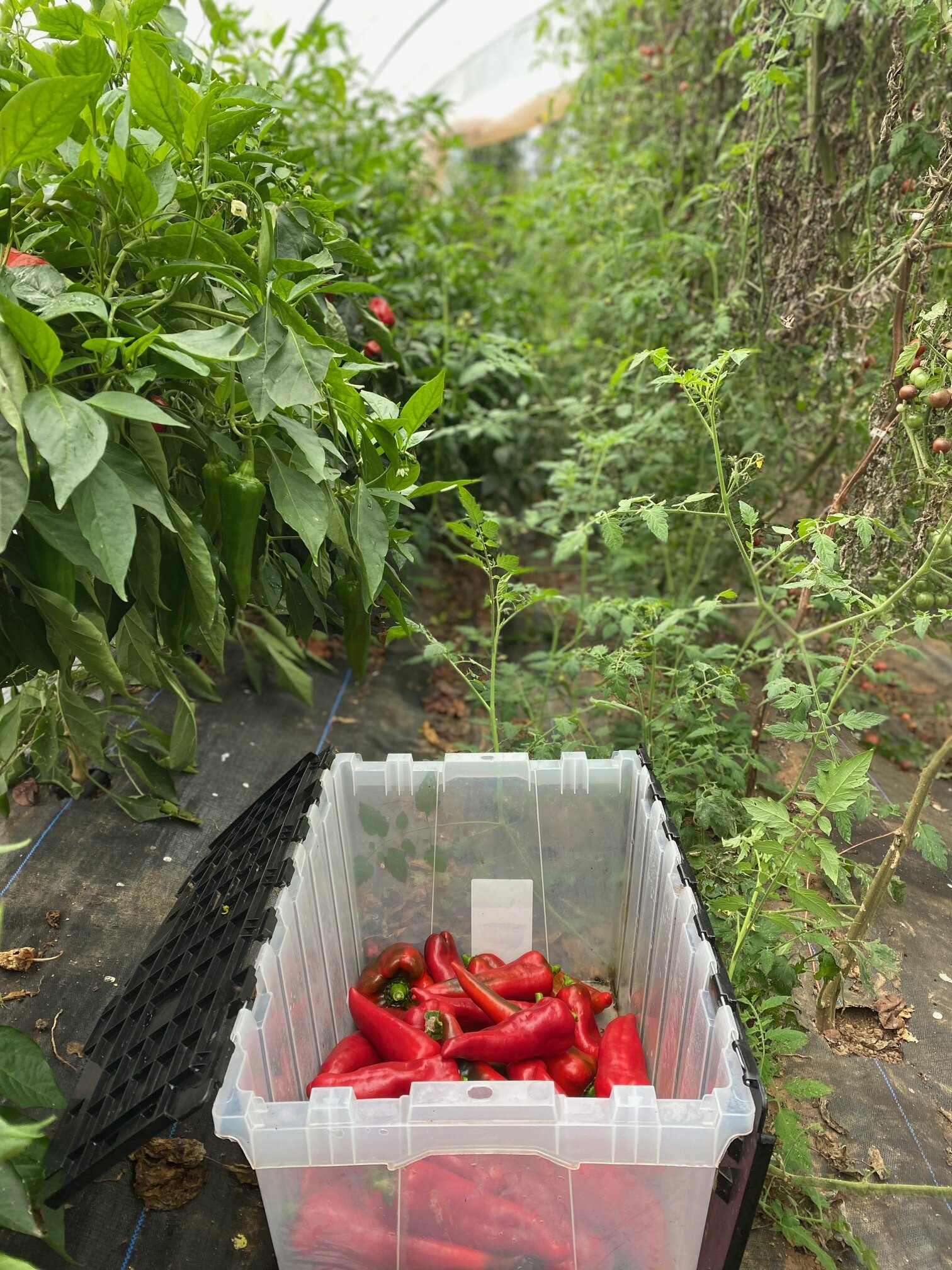Farm Notes
It’s been a quiet week on the farm, as we (both humans and plants alike) start to really lean into the the seasonal changes of less daylight and cooler temps. While there are still weeds galore to be pulled, their rate of growth has significantly decreased (yay!), and the grass no longer needs to be mowed every week (double yay!). Our greens and lettuces are thriving, while our summer eggplant and peppers are having their last hoorah (and will likely be pulled out in the next 1-2 weeks). Still no frost in the 7-day forecast, and I have a feeling that the first freeze will happen around the second week of November.
I had thought that the garlic would go in the ground this week, but we only had enough time to get the future garlic beds prepped… and so the garlic will definitely go in next Thursday! Garlic is an amazing plant that gets planted in late October-early November, and it will grow all winter + spring until it is ready to be harvested in the summer. It’s a crop that requires quite a bit of patience, but the payoff of getting to eat delicious, homegrown garlic is totally worth it. You don’t need much space to grow garlic, so now is a great time to give it a try! Not sure how to get started? Here are some helpful resources for planting fall garlic:
How to plant garlic – this is a quick and handy guide to growing garlic from the Hudson Valley Seed Co.
More garlic growing tips from our friends at Country Farm & Home, located down the road in Pittsboro, NC. If you are local to the Triangle area in NC, Country Farm & Home is our go-to spot to purchase garlic for fall planting, and NOW is the time to head over there and grab some garlic if you're looking to plant this fall! See a full listing of all their garlic varieties available here.
If you're more of a visual learner, below is a helpful video guide to all things garlic.
Kitchen Notes
Our hakurei / japanese / salad turnips are at their peak right now, and they went into all our CSA shares this week. I’ll be honest that turnips were not a vegetable that I ate (or had any desire to eat) growing up, but now I’m busy making up for lost time!
These turnips are so tender and juicy that they’re delicious even when eaten raw, though they are especially good when sautéed in butter or roasted until crispy in the oven. I love cooking with both the turnip roots and the leafy green tops… bonus points if I can incorporate both the tops and roots in the same dish! Because I know many of you may think you don’t like turnips… I’m sharing a few of my favorite turnip recipes in hopes that you’ll give them a shot:
TURNIP RECIPES !
Today’s Stats
Low temp: 48F
High temp: 67F
Sunrise: 7:37am
Sunset: 6:24pm
Moon phase: Waning gibbous
Additional notes: Rainy morning turned into a lovely afternoon
















